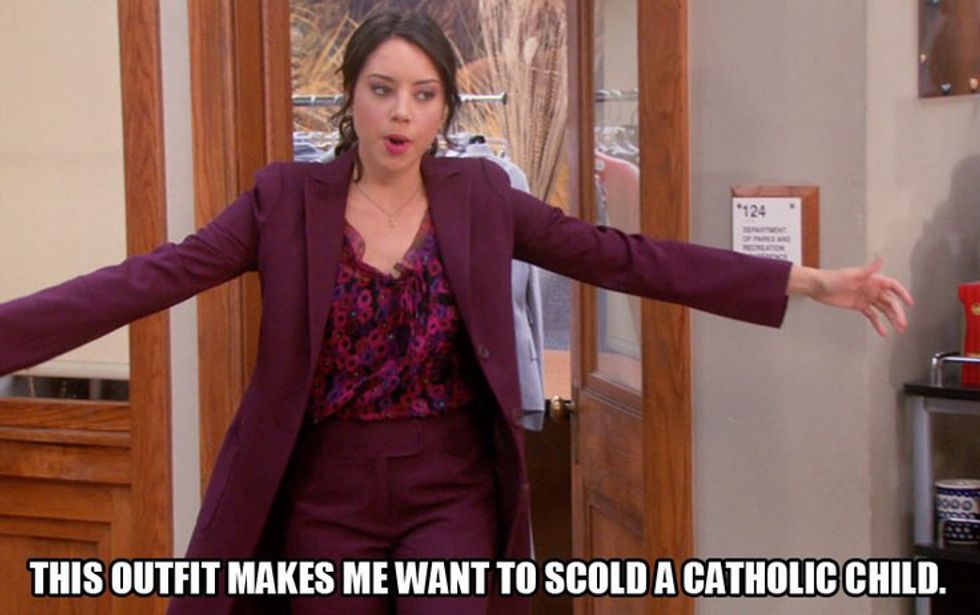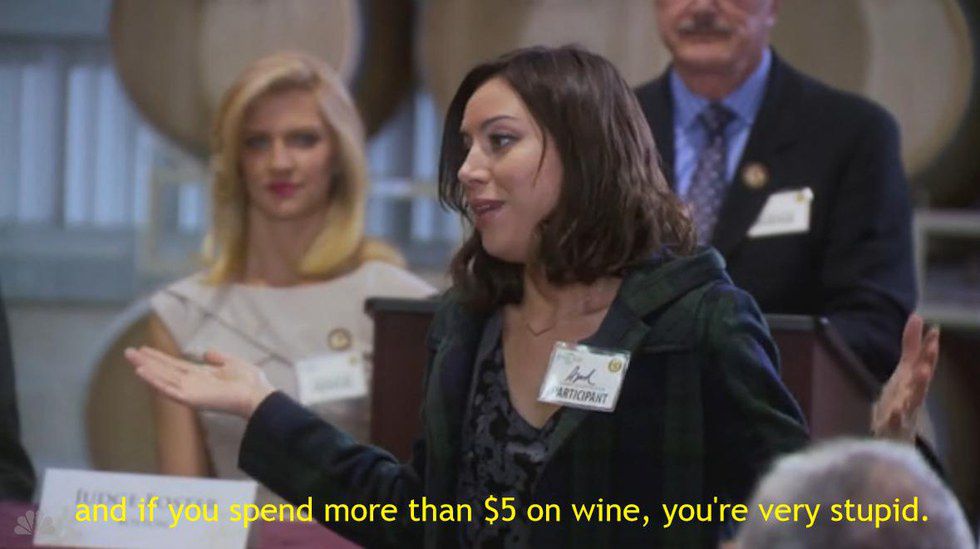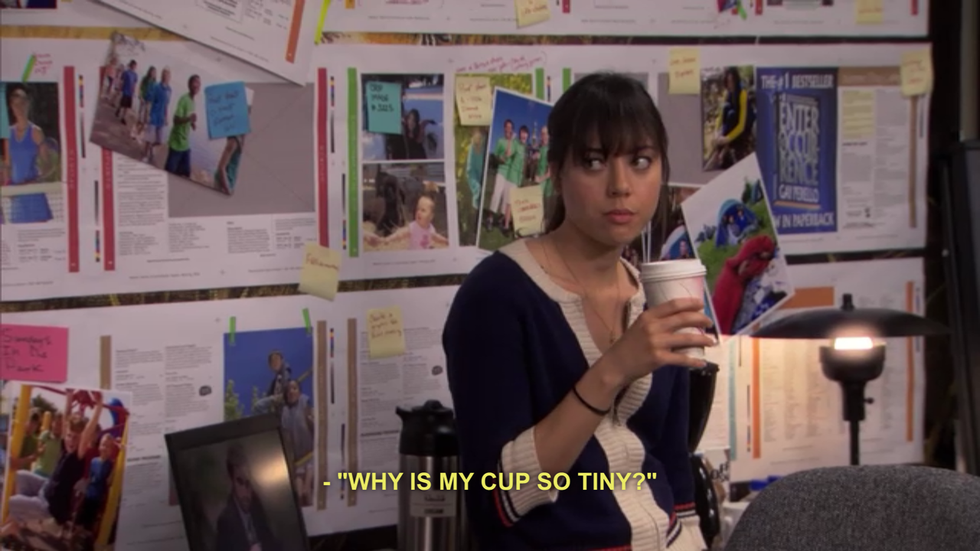Curiosity by Alastair Reid delves into a philosophy of life and death that I summarize as: you can exist and survive or you can live. The definition of living, I think, is different for everyone. I believe this definition arises from experiences you go through, from the culture in which you are raised, from the environment you grew up in, and from your own personality. Some people are naturally more anxious, while others are more relaxed. Some of us have had painful experiences that make it difficult to face death. Others are raised in strictly and cannot even fathom the thought of deviating from their norms. All of these influences drive people’s decisions every day, whether or not they realize it. All of these decisions impact you, even in daily insignificant moments, like taking the same route to and from work, eating the same meal at the same restaurant every time you go, staying in because no one can go out with you. All of these little decisions are what build our lives and create our persona. Over time, if you choose the safe side every time you become a careful being. But leading a careful life sucks the life out of life itself, what confusing perspective that is. Reid explains it more concisely in the poem. He writes, “Face it. Curiosity / will not cause us to die- / only lack of it will.” When you lose your sense of adventure, and you lose your curiosity, you also lose sight of the fact that this is your only chance to live on this planet.
Life itself is a curious little thing. One day we are here, complaining about gas prices, and the next we are six feet under nurturing the earth with our decomposing bodies. The moment our life ends is unpredictable, unless of course, we take it away ourselves. Even patients with terminal illnesses have a sliver of hope. There are, after all, medical miracles! This uncertainty is what makes it so difficult to know whether we should take risks and live, or be safe and exist. To really feel alive, though, I believe that we have to be curious. Reid expresses this thought in two simple lines, “…that dying is what the living do, / that dying is what the loving do…” We cannot be so afraid of dying that we are also afraid of living. Perhaps, because the time of our deaths is so uncertain, we should be taking risks and living on the edge. Everything is about perception. Should you lead a sheltered life because you may die at any given second? Or should you chase after your dreams, desires, and impulses because you may die at any given second?
When we are children, we are always curious. We want to learn and experiment. We want to know what everything means, and how everything feels. This is why children are so alive! They are happily living in a world where they wake up every morning and feel that there is something new to learn. They are hungry for knowledge, and they are thirsty for experience. As we grow older and begin to collect knowledge and experience, that initial thirst seems to be quenched, and the hunger satiated. Why? Have we forgotten that there is still a world to explore, people to fall in love with, and philosophies to be argued? Have we left behind the possibility of being whomever we want to be? Where does that desire to live go? When did we become dogs instead of cats?
Now, Reid does use radical language in his poem. The very last line in the last stanza reads, “dying is what, to live, each has to do.” This kind of extreme language, I believe, is meant to evoke a sense of obligation towards living life fully. Facing death is one of the greatest motivators to live life to its full potential, how ironic. This, however, seems to be the case for most life decisions. Like, it takes being diagnosed with diabetes for you to lead a healthier life. Or you have to be stranded on the highway at night before learning to keep up with your gas tank. In this same context, people that face a terminal illness have been known to go out and do everything they always wanted to do. People that survive an accident also have interesting stories about their actions immediately after surviving the accident. They do things like declare their love to someone they have been afraid of doing, or quitting their dead end job, or selling everything and moving to their dream destination. I do not believe that you have to look into death’s eyes to decide to live. I do not think that you have to be an adrenaline junkie, or sell everything and move to start living your life fully. I think that all you need to do is go back to being like a child.
I think that all you have to do is wake up in the morning and make your adult to-do list. We cannot live irresponsibly, we still have to get all of our responsibility done, but we have to find a balance too. You make your to-do list, and then you think of three new things you want to try. For me, this can be going to a new park or starting a new series on Netflix. This can be going to a restaurant by myself and treating myself to a new meal. This can be buying last minute tickets to a concert! All you have to do is try to spice up your routine. Look for new experiences and ways to enjoy them. You have to learn to be happy by yourself, and this will lead to a new way of experiencing life altogether. You will never have to wait for anyone to do what you want to do. You will not have to wait for anyone to start a new experience. You can just do what you want to do, whenever you want to do it. Perhaps that is why the cats are seen as irresponsible and changeable, perhaps that is why the dogs believe that marry too many wives. The cat knows they are happy on their own.
To live and love you have to risk. To risk means to face death, the end of your life. To not take a risk means to face the death of a dream, the death of a hope, the death of a fully lived life. The only way to live a life worth telling is to make decisions that can change it forever.
Curiosity
may have killed the cat; more likely
the cat was just unlucky, or else curious
to see what death was like, having no cause
to go on licking paws, or fathering
litter on litter of kittens, predictably.
Nevertheless, to be curious
is dangerous enough. To distrust
what is always said, what seems,
to ask odd questions, interfere in dreams,
leave home, smell rats, have hunches
do not endear cats to those doggy circles
where well-smelt baskets, suitable wives, good lunches
are the order of things, and where prevails
much wagging of incurious heads and tails.
Face it. Curiosity
will not cause us to die-
only lack of it will.
Never to want to see
the other side of the hill
or that improbable country
where living is an idyll
(although a probable hell)
would kill us all.
Only the curious
have, if they live, a tale
worth telling at all.
Dogs say cats love too much, are irresponsible,
are changeable, marry too many wives,
desert their children, chill all dinner tables
with tales of their nine lives.
Well, they are lucky. Let them be
nine-lived and contradictory,
curious enough to change, prepared to pay
the cat price, which is to die
and die again and again,
each time with no less pain.
A cat minority of one
is all that can be counted on
to tell the truth. And what cats have to tell
on each return from hell
is this: that dying is what the living do,
that dying is what the loving do,
and that dead dogs are those who do not know
that dying is what, to live, each has to do.
--Alastair Reid






















